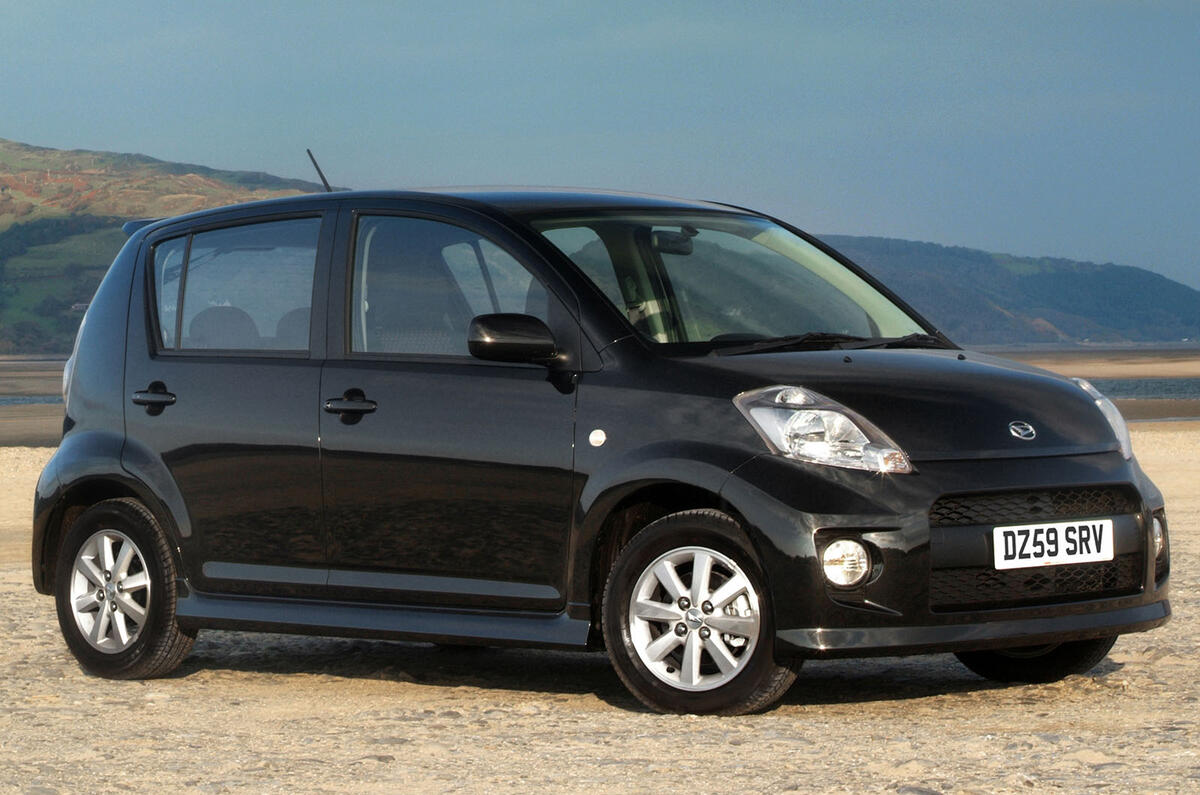Toyota’s unexpected buy-out of its Daihatsu subsidiary (the Japanese giant already owned just over 51% of the small car maker) could be the first sign of consolidation by the Japanese makers for the production of small and inexpensive cars.
Buying up Daihatsu is probably the first step for Toyota to break into small budget cars for emerging markets. Daihatsu, which is probably best known for its tiny Japanese market Kei-cars, sold a modest 794,000 cars last year which reports say was a fall of slightly more than 13% of the previous year.
Daihatsu's home Kei-car market is also dying, according to Reuters’ reporting in Japan, caused by a combination of an ageing population and a new generation of young people who seem to be uninterested in car ownership.
Suzuki and Daihatsu are locked in mortal combat in the home market and also caught up in a price war in Indonesia.
So, it shouldn’t be a surprise that just before the Daihatsu announcement, the Japanese press had been full of speculation that Toyota was also in collaboration talks with small car supremos Suzuki.
Indeed, media reports insist that the Suzuki story is still live and Toyota boss Toyoda is said to have refused to answer questions on the subject at a recent press conference.
So are we looking at what could be a pan-Japanese project to try and muscle in on the global small car market, without managing to kill each other’s businesses?
Even if Suzuki doesn’t get involved with Toyota’s strategic move, the small car market in developing nations is tipped to be one of the most important over the next few years.
A 2013 report by consultants McKinsey (‘The Road to 2020 and beyond’) predicts that by the end of the decade the majority of automotive profit will be found in the developing ‘ROW’ markets outside of Europe, North America and Japan/Korea.







Add your comment